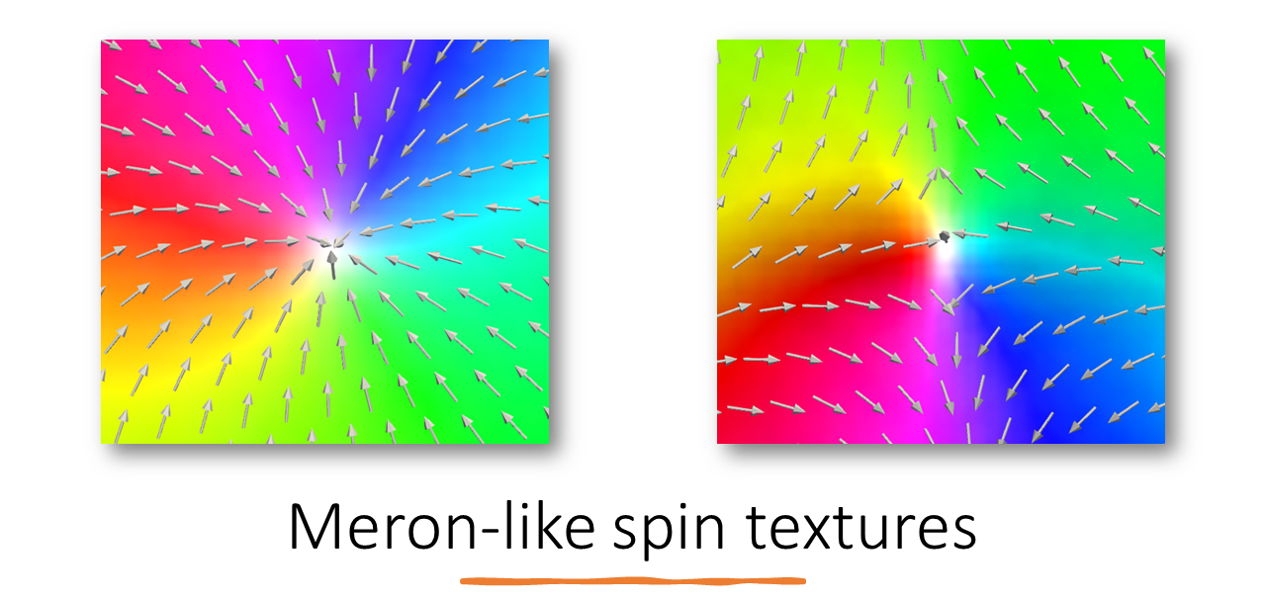Surface roughness helps to stabilise out-of-plane spin textures in an uniformly in-plane magnetised system

(Abstract) Interfacing magnetic materials with non-magnetic heavy metals with a large spin-orbit coupling, such as Pt, results in an asymmetric exchange interaction at the interface due to the Dzyaloshinskii-Moriya interaction (DMI), which in turn leads to the formation of skyrmions and topological spin structures in perpendicularly magnetised multilayers. Here we show that out of plane spin structures with lateral dimensions from 200 nm to 2μm are stabilised in in-plane magnetised Ta/Co/Pt trilayer structures. We show that these spin textures are largely insensitive to the direction of the in-plane magnetisation switched by either magnetic fields or electric fields applied across a Si3N4 gate dielectric. The results of micromagnetic simulations indicate that DMI is required for the stabilisation of such out of plane domains and that the presence of surface roughness helps to stabilise larger structures, in agreement with experimental results. We identify these spin structures as meron-like topological textures, characterized by a perpendicular spin texture in an uniformly in-plane magnetised system.
Reference
Meronlike spin textures in in-plane-magnetized thin films
J. Vijayakumar, Y. Li, D. Bracher, C. W. Barton, M. Horisberger, T. Thomson, J. Miles, C. Moutafis, F. Nolting, C. A. F. Vaz*
Physical Review Applied, 2020.